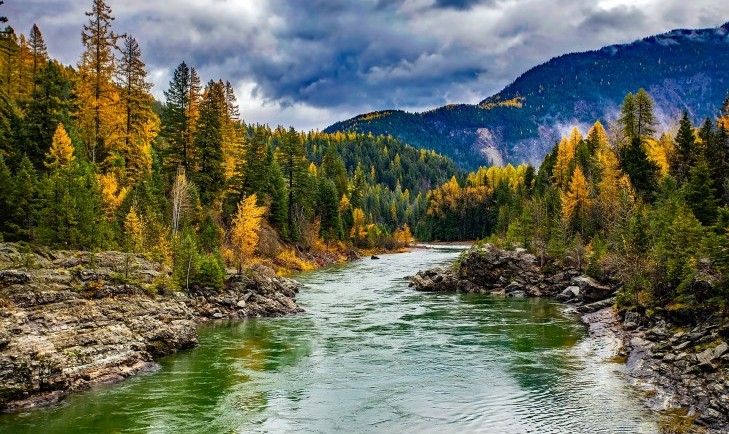
The Western Governors' Association keeps you updated on news of the West. Here are the western stories for the week starting July 22, 2019 that you don't want to miss.
The impact of public lands on nearby communities is significant. A map created by Headwaters Economics helps explain that impact by providing detailed information on landownership across the United States. The resource offers county and state-level data about which agencies or owners manage the land, as well as information about public lands’ influence on local economies, demographics and fiscal policies.
“Nearly 40% of the United States is public land, supported by taxpayers and managed by federal, state or local governments,” notes the report from the independent research group based in Montana. Using data managed by the U.S Geological Survey, the interactive tool shows the breakdown of landownership.
Included in the analysis are links to essays by scholars that address regional public lands questions, and a July 2019 report on Montana’s funding needs to support working lands, trails, wildlife and state parks.
Mapping Wildfire Risk: An Arizona Republic analysis of 760 million acres of the American West identified more than 500 communities at high risk for catastrophic wildfire. View the interactive report, and learn where the greatest hazards are by looking up any western community. Also, read about the federal government’s firefighter shortage, and precautions some utilities companies are considering to reduce wildfire risk.
Colorado Increases Hunting Access: State wildlife commissioners in Colorado voted to open 100,000 acres of state trust lands to hunting and fishing. “An expansion of public access on Colorado’s state lands is a surefire way to support new hunters, grow our rural economies and ensure all Colorado hunters and anglers have a place to hunt and fish,” said Tim Brass, Director of the Backcountry Hunters and Anglers state policy and field operations. Fishing, hunting and wildlife watching generate about $5 billion annually for the Centennial State, according to a 2018 report.
Robo-Doc? Researchers are testing robotic equipment to perform cardiac procedures, which could be lifesaving in rural parts of Montana. The equipment would allow physicians to remotely operate on patients, closing the critical time gap between a heart attack and treatment.
Science Saving Sagebrush: To restore sagebrush in the Great Basin, which covers 190,000 square miles across the West, agencies and land managers are using computer models to determine areas of greatest impact. “Using this information, we can have a better picture of where sagebrush will persist into the future and where more vulnerable habitats and populations are,” said Douglas Shinneman with the U.S. Geological Survey.
Get the latest news about the West and its governors by following the Western Governors' Association on Twitter, Facebook and LinkedIn.